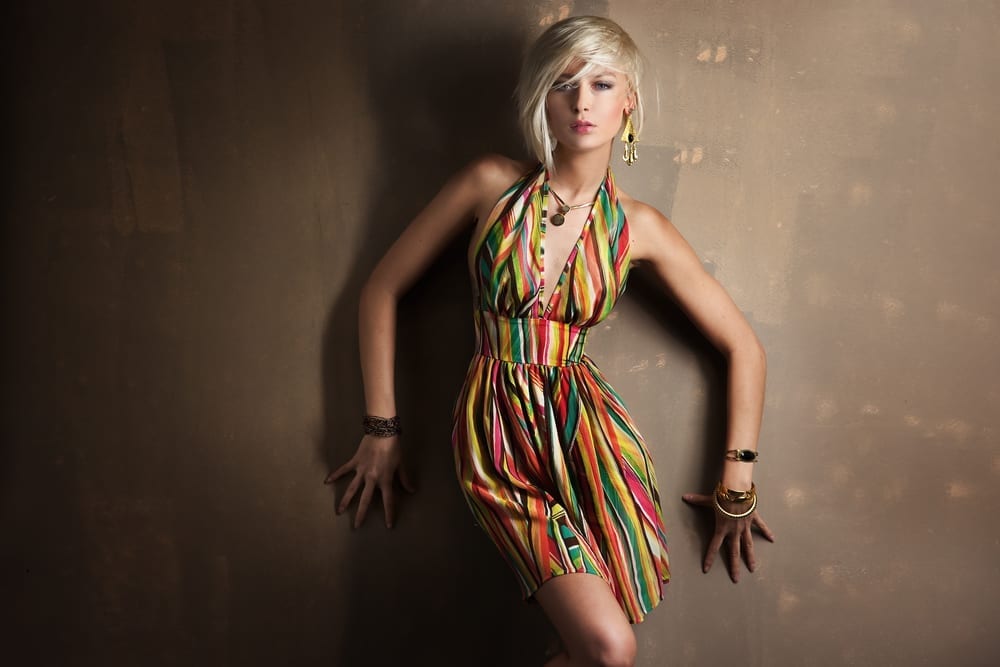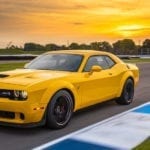Fashion influences all aspects of our lives including the way we think, act, and look. Do you not agree? On a basic level, it is our choice each day what to wear to school and work. Depending on the weather, it influences how warm or cool we want to be. But on a higher level, it influences the colors of our homes and room tastes, the food we eat, and furniture design.
And fashion influences car design, and vice versa. It’s a symbiotic relationship. Industrial designers hired by car manufacturers use fashion to inspire new model launches.
An automobile, like clothing, should protect and decorate its owner providing them with a traditional means of getting around but also emitting their personal, unique character. Luxury vehicles like extraordinary clothes emit a life of power and glamour, as well as the promise of escape and transformation.
The boundaries between fashion and automobiles have been blurred. Car designers benefit from the influence of fashion. Both industries share a love of emotion. Their goal is to wrap color and materials, such as leather, around a form, whether it be a human body or a car body. Luxury car manufacturers and the world of high fashion are linked by a common philosophy: they both take the finest materials and craft them into an exquisite and desirable luxury good that expresses the taste and lifestyle of their clients.
The Maserati Touch
If you visit a Maserati dealer in New York, you’ll be impressed not only with the luxury sedan’s power and performance but with its flair, its curvy lines, and its bold interior. Maserati has a very strong and unique design, always featuring a very flowing, simple, and clean aesthetic.
To better display this symbiotic relationship, Maserati partnered with leading fashion label Ermenegildo Zegna to create a new luxury sedan. The two Italian titans—one with its century-old luxury car brand and the other with a reputation as the world’s most popular menswear brand—worked together to present the sedan’s exclusive interiors.
Using its fashion sense and some of the finest Italian materials, Ermenegildo created chic product packages with three distinct color combinations for Maserati’s Ghibli and Quattroporte sedans. The fashion house’s goal was to deliver a level of personalization and individualized touch for Maserati drivers. Ermenegildo used Anthracite silk colors and shades of Poltrona Frau leather for the exclusive interiors in the sedans.
By partnering with this famous fashion design house, Maserati was able to push the limit and produce iconic, well-crafted products for its luxury buyers that exemplify the automaker’s passion, quality, style, and performance.
Inspired by Fashion
Another luxury carmaker like Maserati just unveiled its newest line inspired by fashion. Rolls-Royce and its design director took their cue from haute couture to produce Dawn-Inspired by Fashion. The firm’s bespoke designers selected Andalucian White upon which to base three vibrant colors of the soft-top roof—Mugello Red, Cobalto Blue, or Mandarin.
On the outside, Dawn’s Andalucian White is beautifully accented by one of the three vibrant colors hand-painted by master craftsmen. The interior relies on fashion for its focus as well. Dawn features a classic black and white color scheme but its dashboard utilizes Piano White with aluminum particles to resemble a silk-like appearance. Fashionistas will see a resemblance to the metallic fabrics featured on this year’s catwalks. Its coachline, steering wheel, seats and door pockets are adorned in one of the three vibrant contrasting colors. Like the recent fashion shows, the luxury sedan’s color scheme is an interesting combination of contrasting colors that complement each other.
Historic Influencers
But fashion and car design have always played off of each other. Think back to the 1960s or even earlier to the 1930s, when there was a lot of creativity in designing a car based on the age, the politics, and the fashion sense.
Just think, women wouldn’t even carry handbags and purses if not for the car. When cars became popular, the first prototype of a modern handbag was created as an accessory to store driving gloves. American designers turned those accessories into the modern handbag. For men, cars influenced fashion design of tweed driving caps and leather jackets.
In the 1950s, popular whitewall tires on a car influenced the trend for men to have slicked-back hair styled like Cadillac tail fins and women in white bobby socks. During the rebellious 60s, new and radically innovative fashion styles were born as were car creations.
Today, automobile aficionados and fans collect vehicles due to their beauty. Take, for example, the Petersen Automotive Museum in Los Angeles. It displays a vast array of iconic vehicles because they are objects of art, not just classic antique cars. It’s a testament to the influence that fashion has had on car design over the years.
The partnership between fashion and car design represents a shared tradition of exclusivity, personalization, style, individuality, and quality. A new automobile launch is like sending a runway model down the catwalk with a creative fashion style. It makes headlines for its impeccable sophistication and styling, its creative innovation, and its luxury and comfort blended together for top customers.
Cars Influence Fashion
But it’s not just fashion influencing automobiles. It can work the other way, too. Recently, fashion designers took their cues from the auto industry showing race car designed looks like motorcycle boots, leather zip-up jackets, as well as those infamous logo-dotted pit crews body suits worn at race tracks.
No matter whether it is fashion or an automobile, it takes a great deal of teamwork to assemble a new ensemble or vehicle. There are hundreds of thousands of interior and exterior parts and materials being used. Both see their palettes as exclusive art forms.
There it is. A beautiful, crisp design. Eye-catching. Lots of color. Is it a new designer’s line of fashion on the runway? No, it’s a new prestigious luxury sedan or sports car. Fashion has, and will continue to be, a major influence on automobile design.




